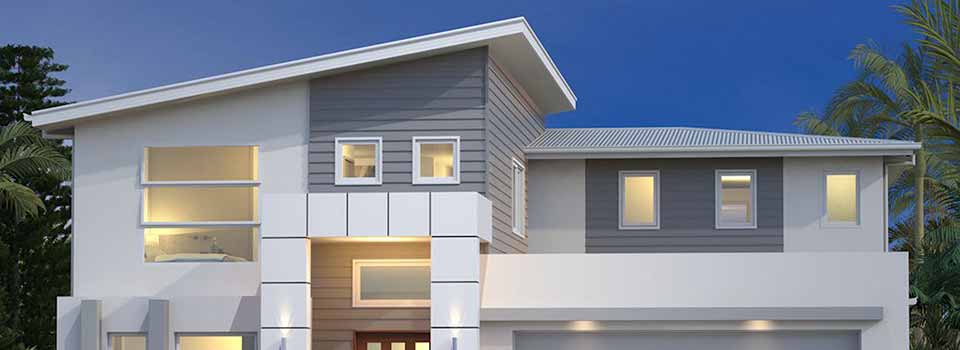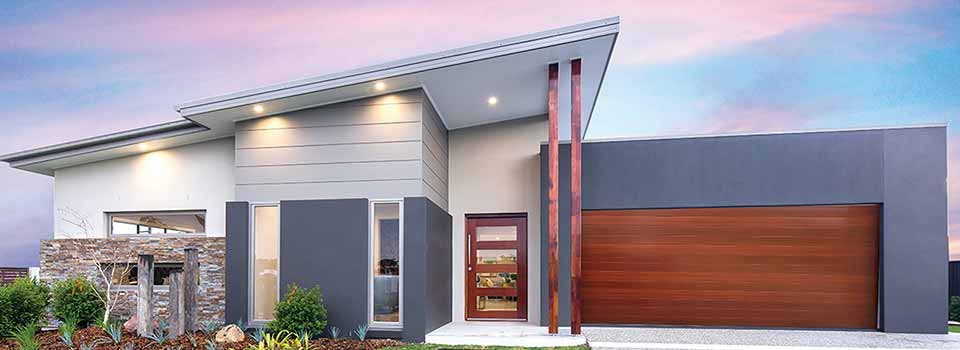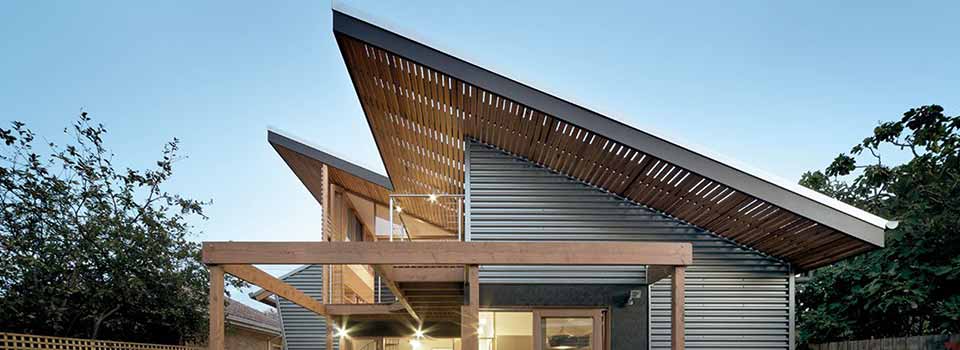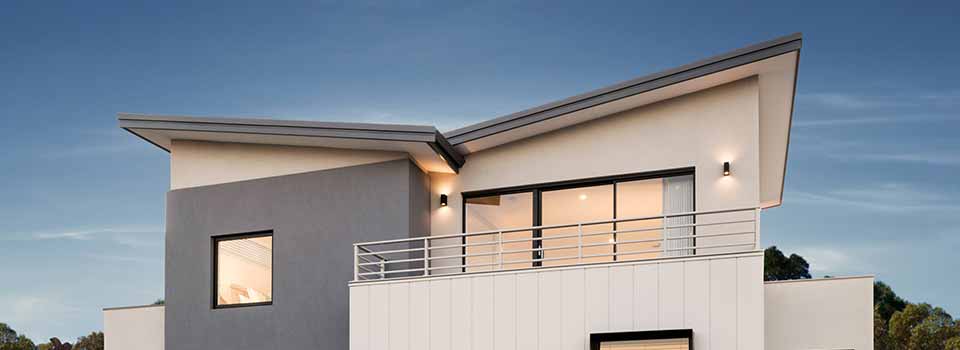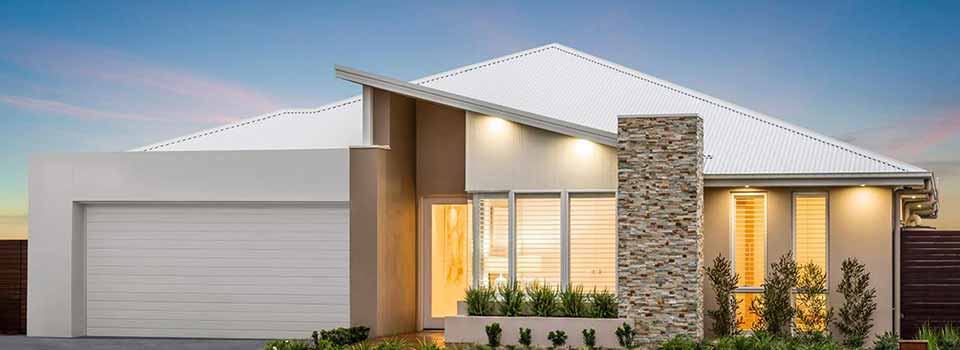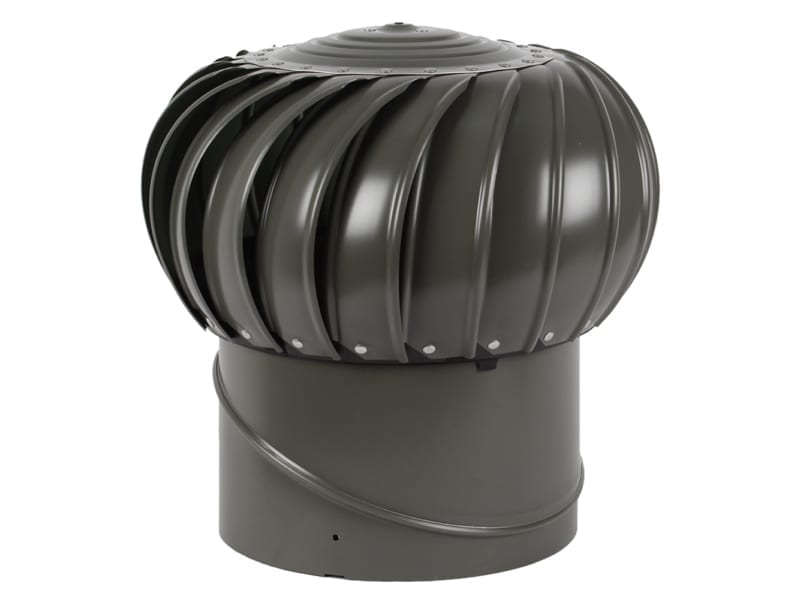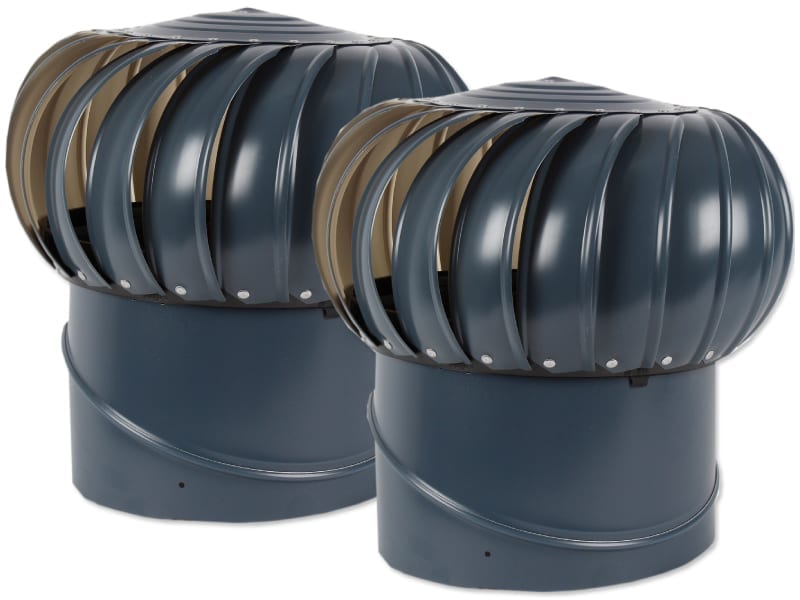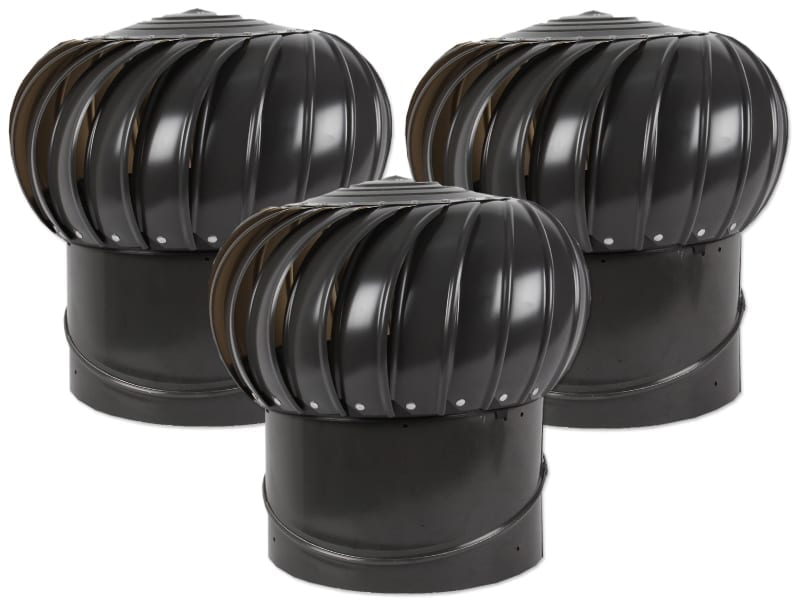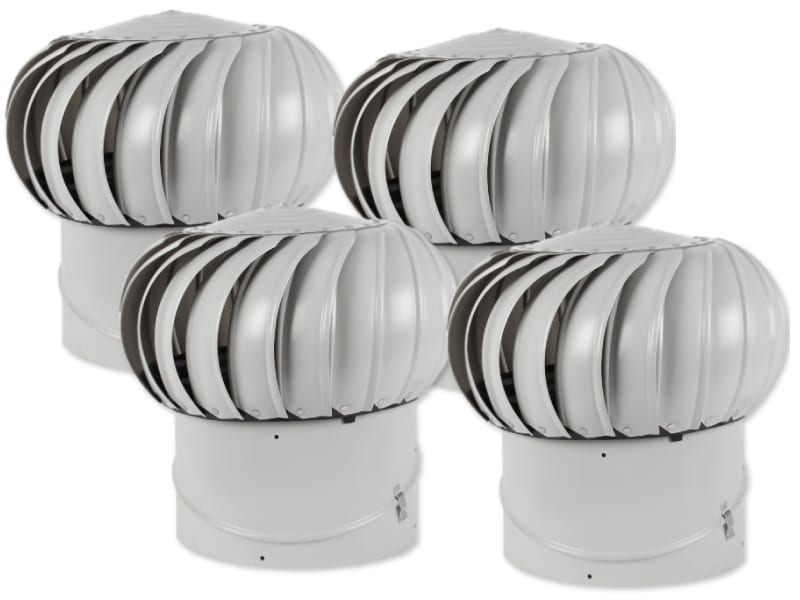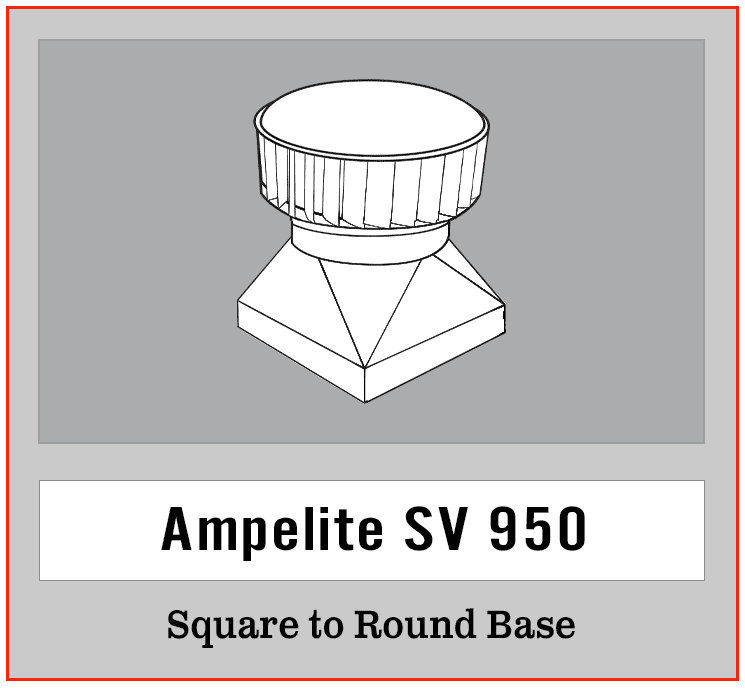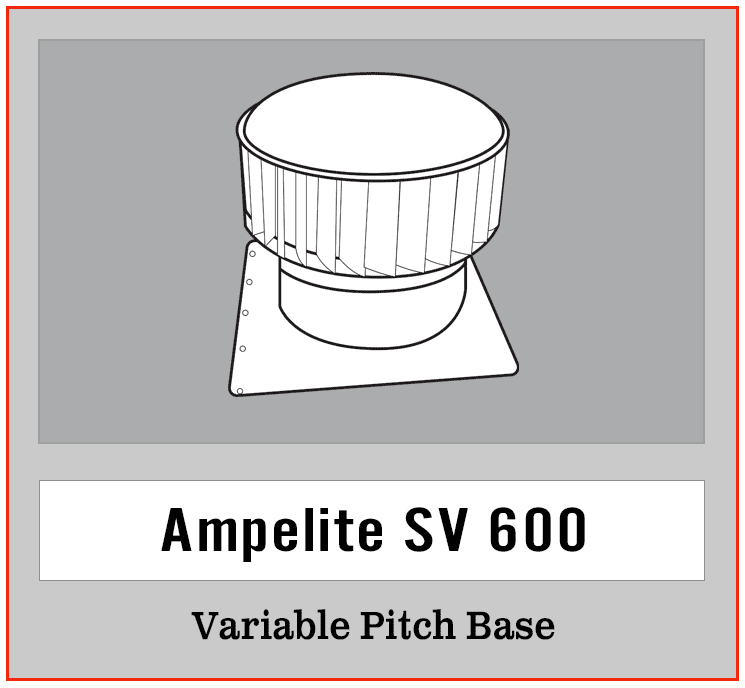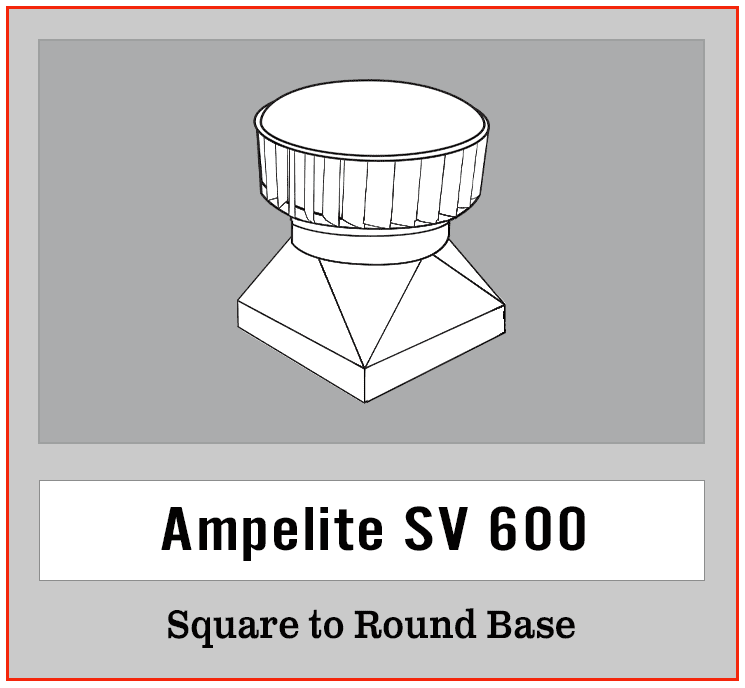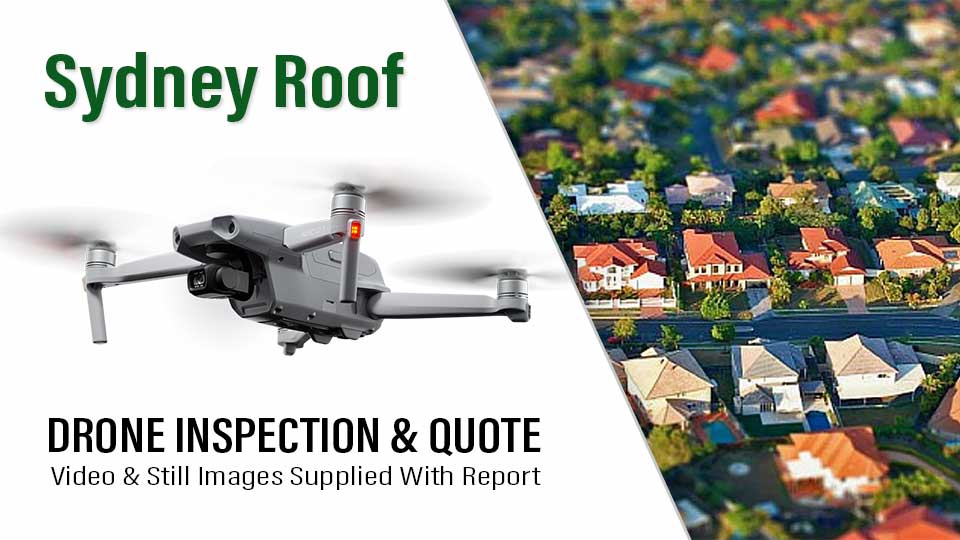Roof Pitch – Why does It Matter?
If you’re not an experienced architect, you could be forgiven for thinking that the pitch of a roof is little more than aesthetic preference, rather than a significant functional aspect of the building. Of course, aesthetics do play a significant role in architecture—particularly in commercial and residential buildings. In contrast, industrial buildings tend to utilise whichever methods are effective enough while keeping the costs down.
Roof pitch refers to the angle at which the roof travels in relation to the horizontal/floor, with an un-pitched/flat roof running parallel to the ground. And different pitches mean different structural characteristics, different properties regarding the weather the roof will encounter, and, of course, different appearances.
The Purpose of a Roof
The obvious reason for a roof is to enclose the space within, protecting the inhabitants of the building from the elements. However, roofs can serve a number of other functions, such as providing an air barrier between the livable areas of the building and the outside.
One of the primary purposes of a roof is water drainage. Walls are vertical, so rainwater will simply run down them. And floors are typically enclosed within the building—protected from rain by the roof. But the roof of a building is the first—and often the last—line of defense when it comes to keeping the rain out. Of course, merely being waterproof is only part of the battle; the water that hits the roof then needs to go somewhere, so drainage is an important part of roof design, also.
What is a Pitched Roof?
Quite simply, a pitched roof is a roof that is pitched at an angle. However, you may also hear the term used to describe a specific style of roof. In these cases, “pitched” and “gabled” are interchangeable. In this sense, a pitched roof is the typical style of roof you might expect to find on a child’s drawing of a house and features two symmetrically sloping roof sides that meet at a central peak.
The sophisticated design of skillion roofs requires the use of a portal frame. The frame contains a series of trusses to provide extra structural support for the overlying roof. Steel or timbers are the standard material used in the construction of the trusses, depending on the level of strength required in the ceiling.
There are many reasons why this kind of roof is popular, not least of which is the aesthetic value it brings to a building that could otherwise have ended up looking like a dull box. Gabled roofs are relatively cost-effective and provide greater internal space, which is useful both as an attic but also for increasing airflow within the building.
In terms of water drainage, pitched roofs have the obvious advantage of having no flat areas where water can pool. Any water that lands on a gabled roof will run down the slopes until it reaches the edge, where it can be channeled away using guttering.
How Roof Pitch Affects a Roof
The primary concern of a roof pitch relates to its interaction with the environment. For example, a flat roof with very little pitch will drain rainwater much more slowly and would be wholly unsuitable for areas where there was a lot of heavy rain regularly.
On the other hand, a pitched roof on the same building represents more surface area. The amount of extra surface area will depend on the type of roof and how pitched it is, but regardless, more surface area means more roof to get hot in the sun, which can be a problem for buildings in Australia.
Because of this, there is a balance to be struck, since having a roof pitch that is too steep will also make the roofless structurally sound in things like a high wind.
Roof pitch also affects the inside of the building by creating extra space in what would have been the top of the internal structure. In many cases, this internal space can be used as an additional usable space, such as an attic. In all cases, pitched roofing will increase the airflow capacity, improving the ventilation of the building.
Different Types of Pitched Roofing
Though there is only one style of roof that is referred to as a “pitched roof,” there are other roofing types that feature pitched sections, each with different advantages and disadvantages. Below we have listed some of the most commonly used styles. Of course, we have covered gabled roofing above, so that won’t be in this list.
Flat Roof
As the name suggests, flat roofs have very little pitch. They have to have some pitch or rainwater that would not drain off, but this pitch is usually not noticeable. The advantages of a flat roof include the ability to create more internal space while keeping a relatively low profile, and slower water drain off when the rain does come. The main disadvantage is that buildings with a flat roof are less suitable for climates where there is a lot of rainfall or freezing temperatures. They are also less interesting from an aesthetic point of view.
Ultimate Dog Training System >
Mono Pitch Roof
Mono pitched roofs feature one pitched roof surface, meaning that one side of the building will be higher than the other. Mono pitch roofs are ideal for extensions, where the high point of the roof will meet up with the existing building, allowing rainwater to drain down the slope and away from the existing structure.
Mono pitched roofs are simpler to build than a gabled roof but more effective at water drainage than a flat roof. They do offer some usable space under the roof, though not as much practically usable space as a gabled roof.
Butterfly Roof
One way to think of a butterfly roof is as an inversion of a gabled roof, though the pitch of the two sides is not typically as steep. This kind of roof is popular in eco-friendly structures since the V shape of the roof makes it easier to catch rainwater, which can then be used in the property, reducing the need for mains water.
Saltbox Roof
Otherwise known as a catslide roof, this kind of roof looks a lot like a gabled roof with the main difference being that it is not symmetrical. The primary reason for this is the space it provides inside, allowing for a more usable area under the roof. Regarding things like drainage, a saltbox roof works just as well as a pitched roof.
Solar Panels
An increasingly popular feature to find on roofs these days is solar panels, particularly in a sunny country like Australia. One of the quirks of running solar panels is that they need to be angled, rather than lying flat, and they need to face a specific direction depending on the part of the world you are in—for Australia, it is North. Well, we say need, what we mean is if you want to get the best performance out of them, you will want to have them angled at roughly forty-five degrees and facing north.
Having solar panels on your flat roof is doable thanks to raised solar panel mountings, but it is much easier to mount them directly onto the roof. With a pitched roof, you can do this, since the roof itself is already at an angle.
Structural Support
While flat roofs are often cheaper and easier to make compared to an alternative with a high level of roof pitch, certain pitched designs can offer more in the way of structural integrity than their flat counterpart. This is particularly evident when comparing a flat roof to a gabled roof.
Ultimate Dog Training System >
The flat roof is much simpler in construction, but there is far less support in the areas away from the supporting walls. This means that, unless the building is a maze of supporting walls inside, the roof will likely be noticeably weaker in its central regions. This is part of the reason why flat roofs are less suitable for regions with lots of rain or snow.
Gabled roofs get around this problem by creating a strong structural point in the centre of the roof. Any force at this point is transferred down the pitch to where the roof meets the outer walls, rather than pressing down on the portion of the roof it hits, as would be the case with a flat roof.
The pitch also helps to reduce the amount of force the roof will have to withstand since it is much harder for anything to settle on the roof thanks to the slope.
Final Thoughts
Though more expensive than a flat roof, pitched roofs are popular because they offer several advantages. These can range from improved structural integrity to increased internal airflow, and even providing a better location to mount your solar panels onto.
Granted, with superior drainage being a primary advantage, it makes sense that a country like Australia, which is not known for being a particularly rainy place, would see a lot of flat roofs on industrial buildings where looks are not as crucial as cost-effectiveness and functionality. Few people like the idea of a flat-roofed home, however, so pitched offerings like gabled roofs remain popular in the residential market.
Ultimately, you should always consult an expert before deciding on the best roof for your building, be it commercial, industrial, or residential. They can take everything into account and help you choose the type of roof pitch that meets all your needs.

